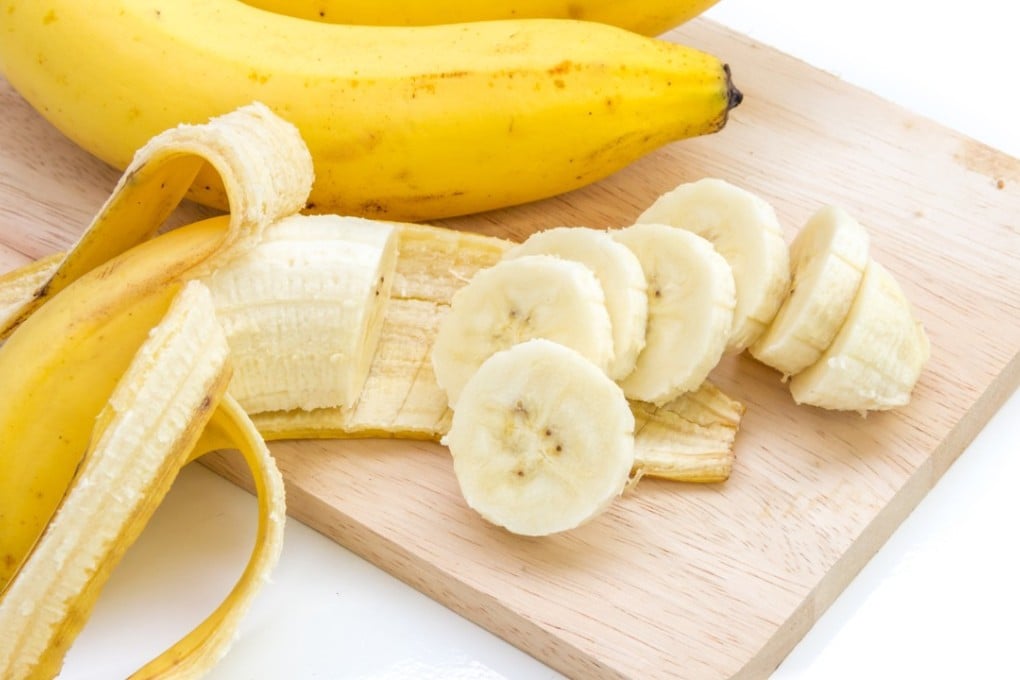Yes, we’ll have no bananas: scientists race to save the world’s most popular fruit
Experts fear a future in which the widely eaten Cavendish variety could all but disappear from store shelves as fungal disease wreaks havoc on plantations

In a hot, dry field near a place called Humpty Doo in Australia’s Northern Territory, scientists are racing to begin an experiment that could determine the future of the world’s most popular fruit, the lowly banana.
Dodging the occasional crocodile, researchers will soon place into the soil thousands of small plants that they hope will produce standard Cavendish bananas – the nicely curved, yellow variety that is most commonly sold in Hong Kong, imported from the mainland and the Philippines. But in this case, the plants have been modified with genes from a different banana variety.
An insidious fungus known as fusarium wilt has wiped out tens of thousands of acres of Cavendish plantations in Australia and Southeast Asia over the past decade. And the fungus recently gained a foothold in Africa and the Middle East, hitching a ride on the boots of workers helping to establish new plantations. Scientists say Latin America, the source of virtually all the bananas eaten in the United States – 99 per cent of which are Cavendishes – is next.

No other variety of banana combines the sweetness and suitability for packing and export of the Cavendish. If the Humpty Doo experiment – or simultaneous efforts with conventional breeding techniques – don’t bring positive results, scientists say we could be looking at a future where bananas all but disappear from store shelves.